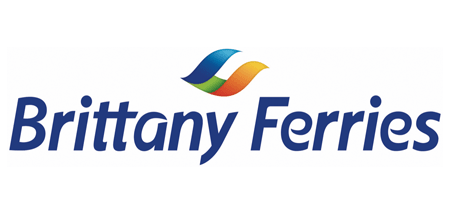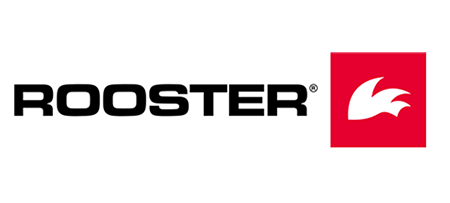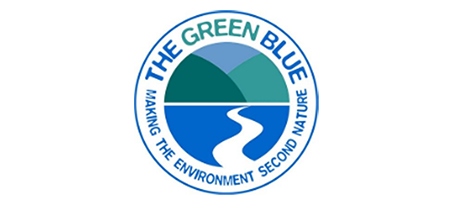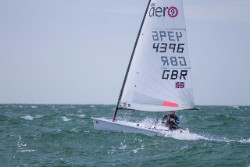
Welcome to the International Class Association website for the RS Aero. Here you will find all there is to know about the RS Aero including the latest news, how to register your boat, and links to relevant documents.
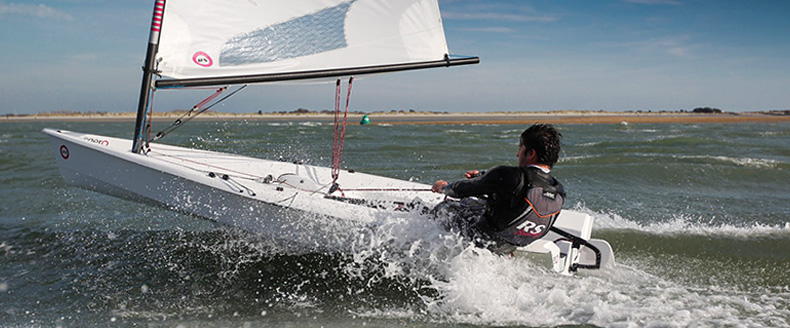
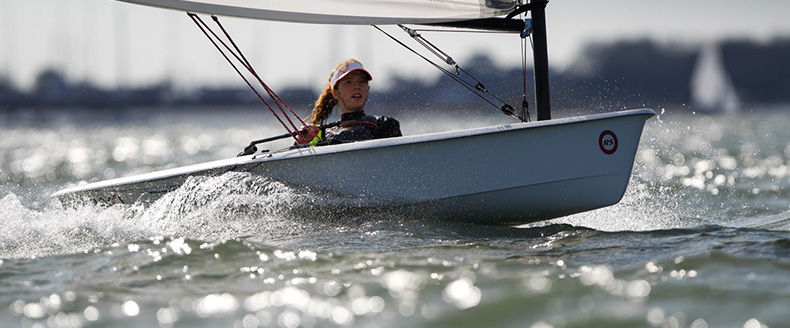
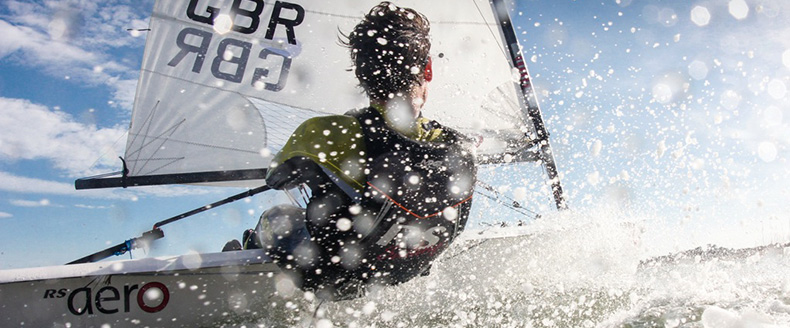
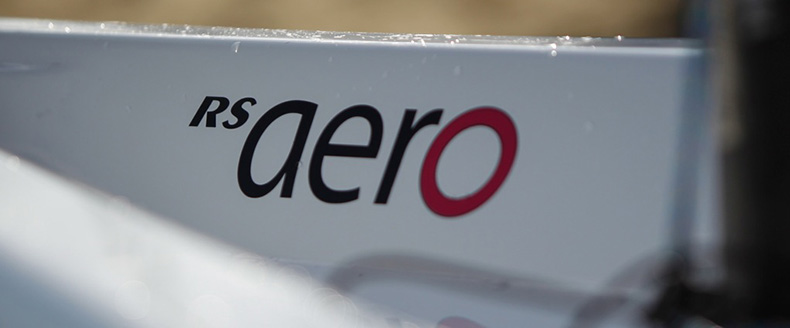
| Home >> Top Tips >> TopTip2020 #27 - Pre-Start Prep and Routine - by Liam Willis, GBR |
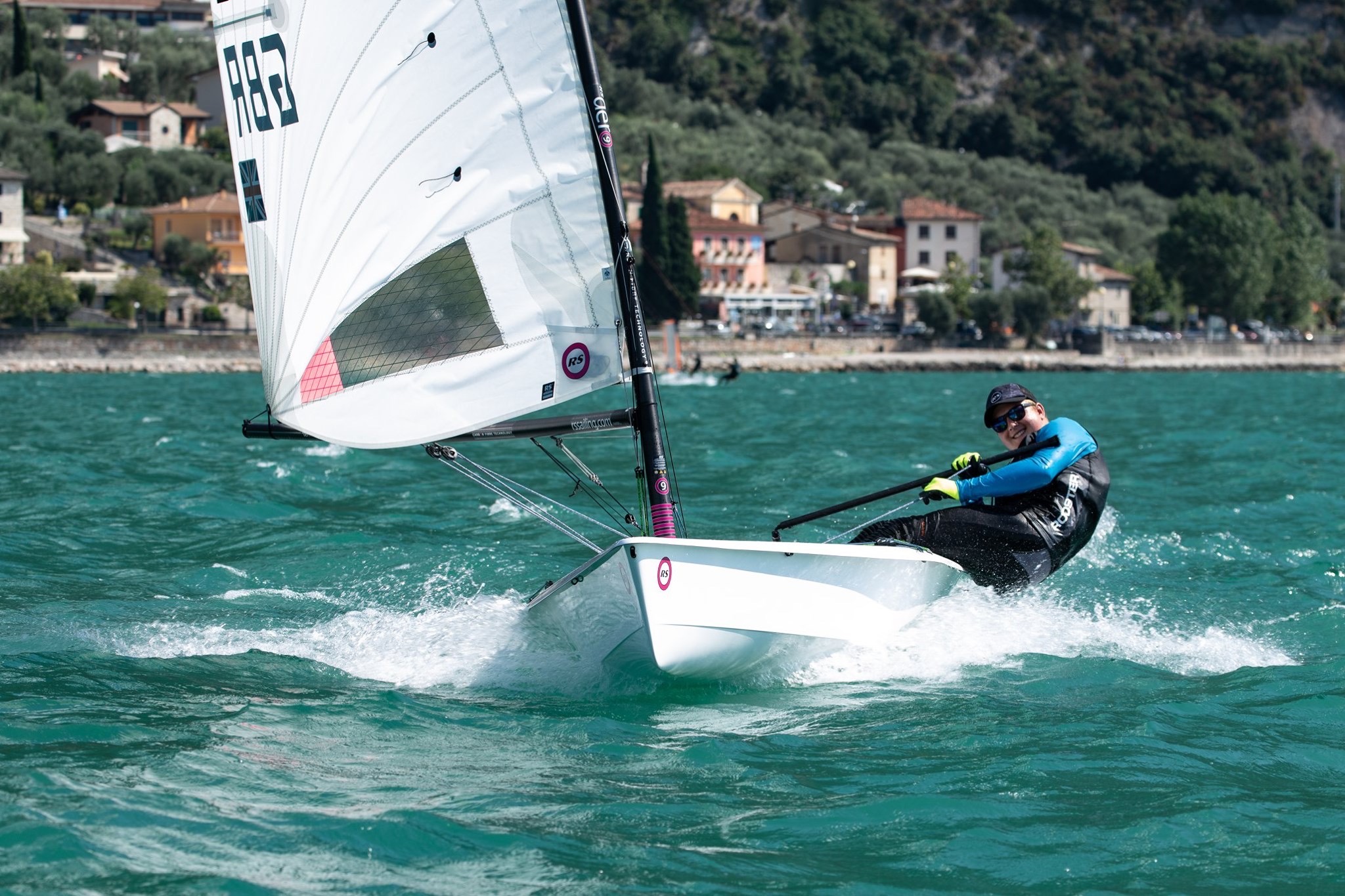 TopTip2020 #27
TopTip2020 #27 Pre-Start Preparation and Routine
Liam Willis, GBR
Liam 'Lightning' Willis is our reigning RS Aero 9 World and UK Champion and has sailed RS Aeros since the day the first production RS Aeros were launched when he was 14 years old and hurried down from school! As well as racing RS Aeros and most other RS boats, Liam works at RS Sailing HQ and is a coach with the RS Aero UK Youth Team. Here he gives his pre-start drill;
'Pre-Start Preparation and Routine
- Sail to racecourse - Use this time to clear you head, try to focus on the racing and all aspects of it rather than trying to remember what was on your shopping list.
- Get to the course area early - this will give you more time to assess the course and prepare for the race. Here are some things you might want to do or think about. If you finish all of these before the start, repeat them.
- Assess the course - The first thing I do when I get to a racecourse is sail near the committee boat, stand up in the boat and look across the whole course area. Look for wind coming down the course, is there visibly more on one site than the other or is it at different angles across the course. Look for land features that may affect the wind or waves. Watch other boats on the racecourse. Check for any tide or flow, you can do this by throwing a floating object, a water bottle for example, in the water at a fixed point and see which way it travels. Remember to collect it again!
- Practice beat - Sail a short beat as if you were racing, try to get into the rhythm of the boat and try different things, e.g. pinching or footing, assess which is best. Try to do this up both sides of the course. It can be a lot more beneficial to do this with a partner of similar boat speed to you, as you can split tack up the beat and compare thoughts. Also worth practising some tacks, gybes and general boat handling.
- Time and distance - Time and distance runs are where you time yourself from a standing start to a set point. This is useful for when you power up to cross the line at the start, it means you will hit the line on the gun at full speed. This is worth doing over several distances, e.g. 3 boat lengths or 5 boat lengths, in several areas of the course, e.g. the committee boat and the pin end, and do it several times for each distance and location. This will give you a really strong chance of getting a good start.
- Holding position - Practise holding your position at a fixed point, the wind waves and tide will affect how well you can do this on different racecourses. This will help when you are on the line with other boats around.
- Bias - once the pin end has been laid check the bias of the line and the first beat. This can be done in many ways for example pointing your boat head to wind and seeing which end of the line your bow is pointing towards. If you have a compass it is more accurate to do it with that.
- Assessment and plan - Have another look up the course to look for wind patterns. Also look for the first mark and the following marks so you know where the course is. Then come up with a plan, for example; "I am going to start starboard end to middle of the line, then I am going to play the shifts up the right side of the beat". Have this plan in mind but be open to change if other things unfold in front you.
- Warning signal - Ensure you get it accurately on your watch, if not, do that at the preparatory signal.
- Transit - The start line will now be fixed, take transits by looking though both end of the line and lining them up with an obvious, stationary, fixed object, e.g. a tree or a building. Best done looking through the starboard end to the port end, if this is not possible then look though the other way. It may be beneficial to take multiple transits e.g. one at 3 boat lengths from the line. You can then tie this in with your time and distance runs.
- Other competitors - Look at what other competitors are doing, if other fleets are to start before you watch where they go and what their plan might have been. Also keep an eye on competitors in your fleet, for example, if everyone else is at the starboard end and you are at the port end, then you may want to question why that is!
- Final plan and execution - Take one final reassessment of your plan and make sure you are happy with it and believe it will work. Then use your information you collected to get in to position. Use your transits so you know how far you are from the line, and your time and distance to hit the line on the gun at full speed. If your plan was correct and you have executed everything perfectly then you should have got yourself a great start :-) . '
Reply
21/04/2020 23:48:00
Peter Barton
Posts: 5196
